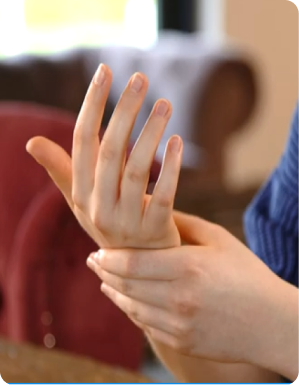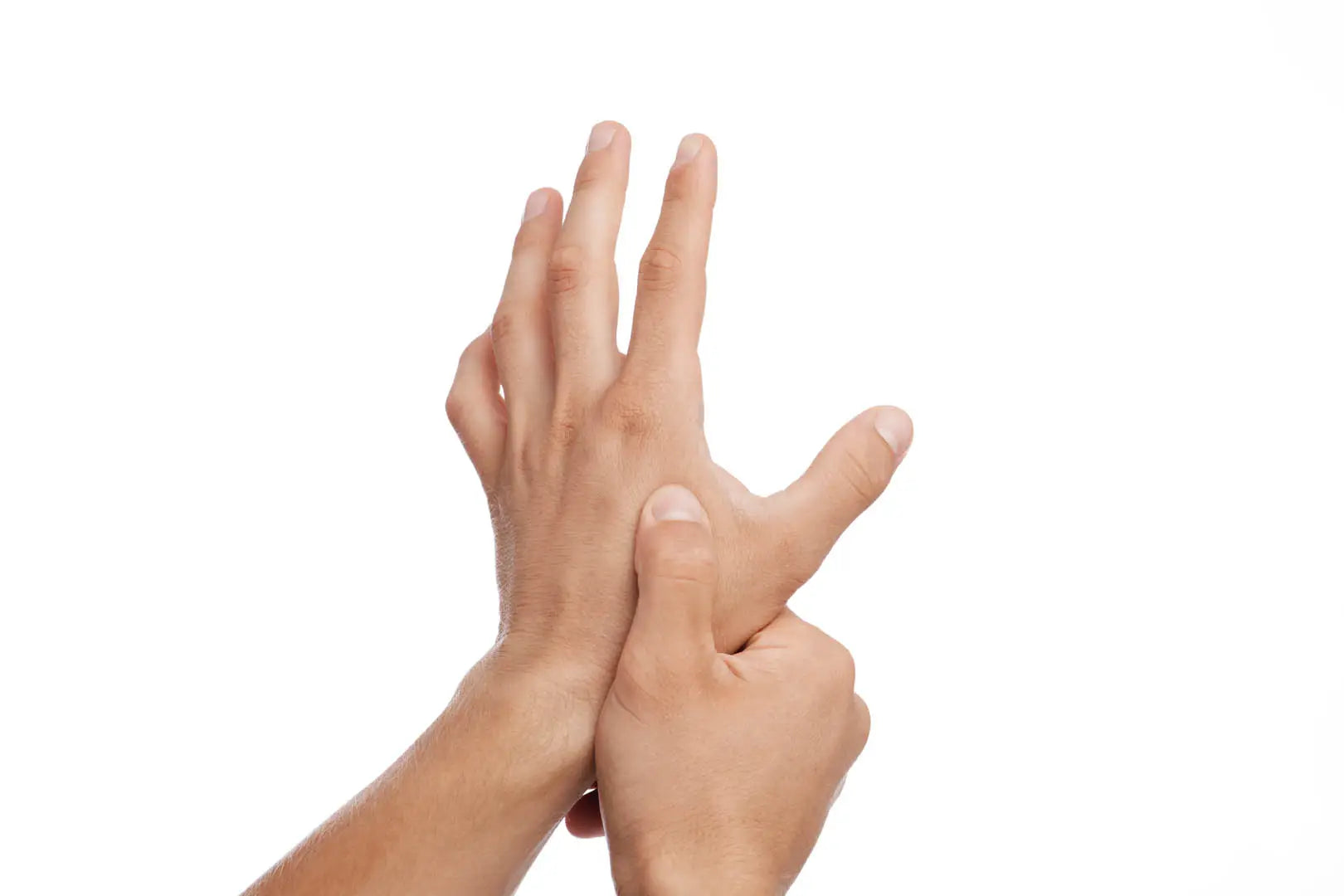
Carpal tunnel: Basics and significance for hand health
The carpal tunnel is a narrow passage in the wrist that is of great importance for general hand function. A disorder in this area, known as carpal tunnel syndrome, can cause considerable discomfort...

Relief for CTS: how a carpal tunnel syndrome splint can help
How can the carpal tunnel syndrome splint help?Carpal tunnel syndrome (CTS) is a common condition that causes pain, numbness and tingling in the hand and fingers. While various treatment approaches...
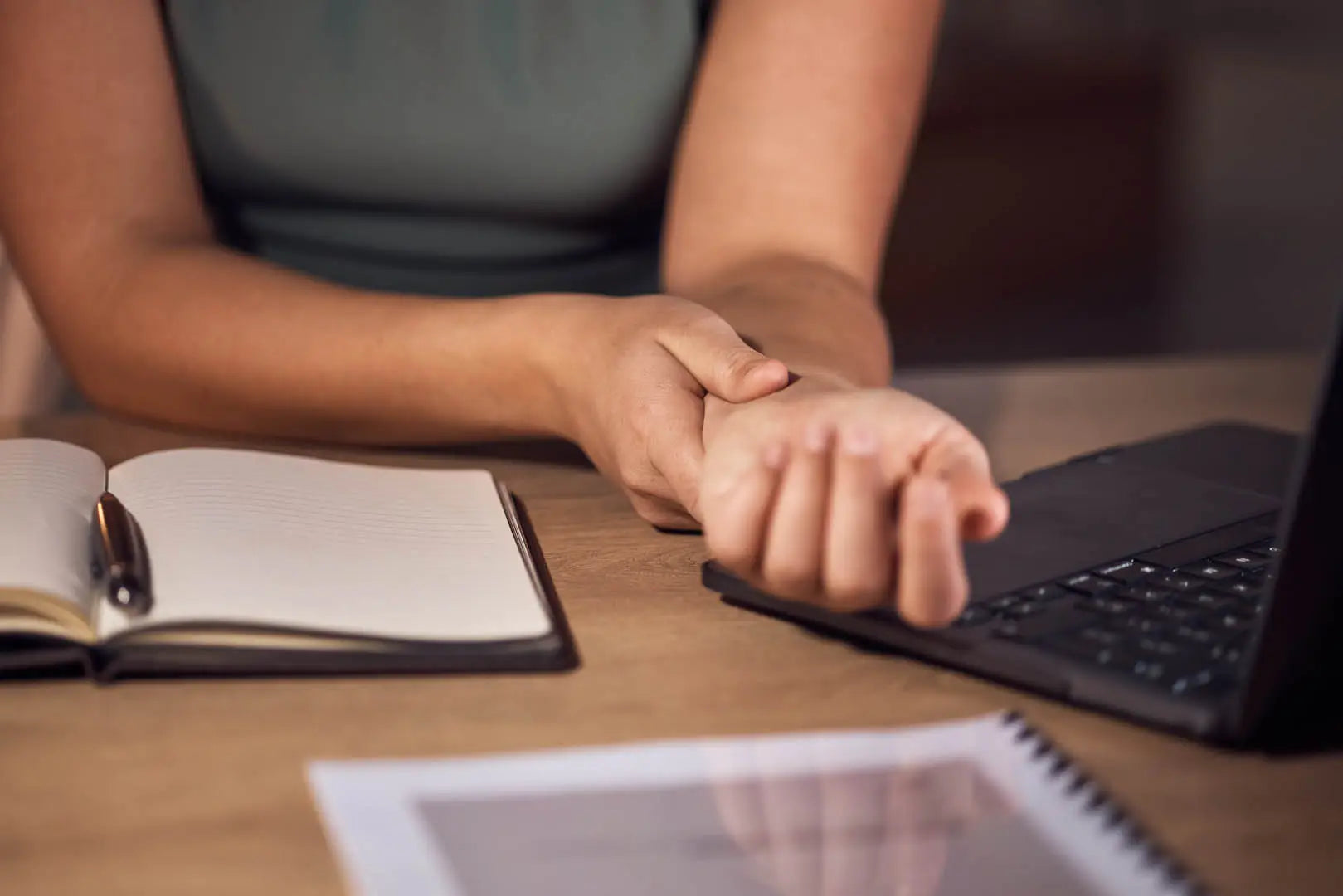
Carpal tunnel syndrome doctor - which doctor treats KTS?
Carpal tunnel syndrome doctor - and when you should see one.Carpal tunnel syndrome (CTS) is a condition that causes pain, numbness and tingling in the hand and fingers due to pressure on the median...
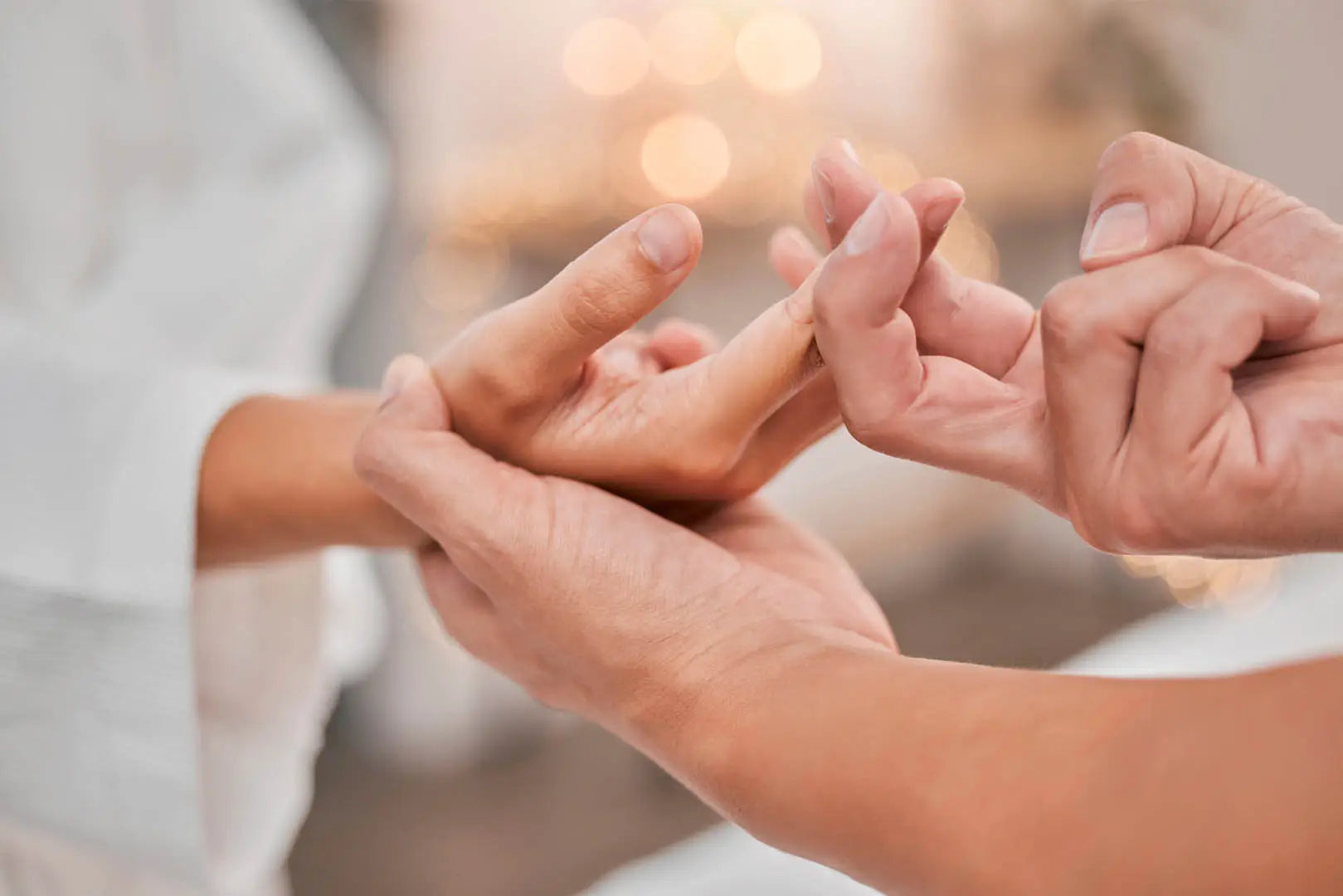
Revolution in the treatment of carpal tunnel syndrome: 1 patented medical device from Germany
Treatment of carpal tunnel syndrome If you suffer from carpal tunnel syndrome (CTS), you know the painful impact this condition can have on your daily life. The constant, stabbing pain, numbness an...
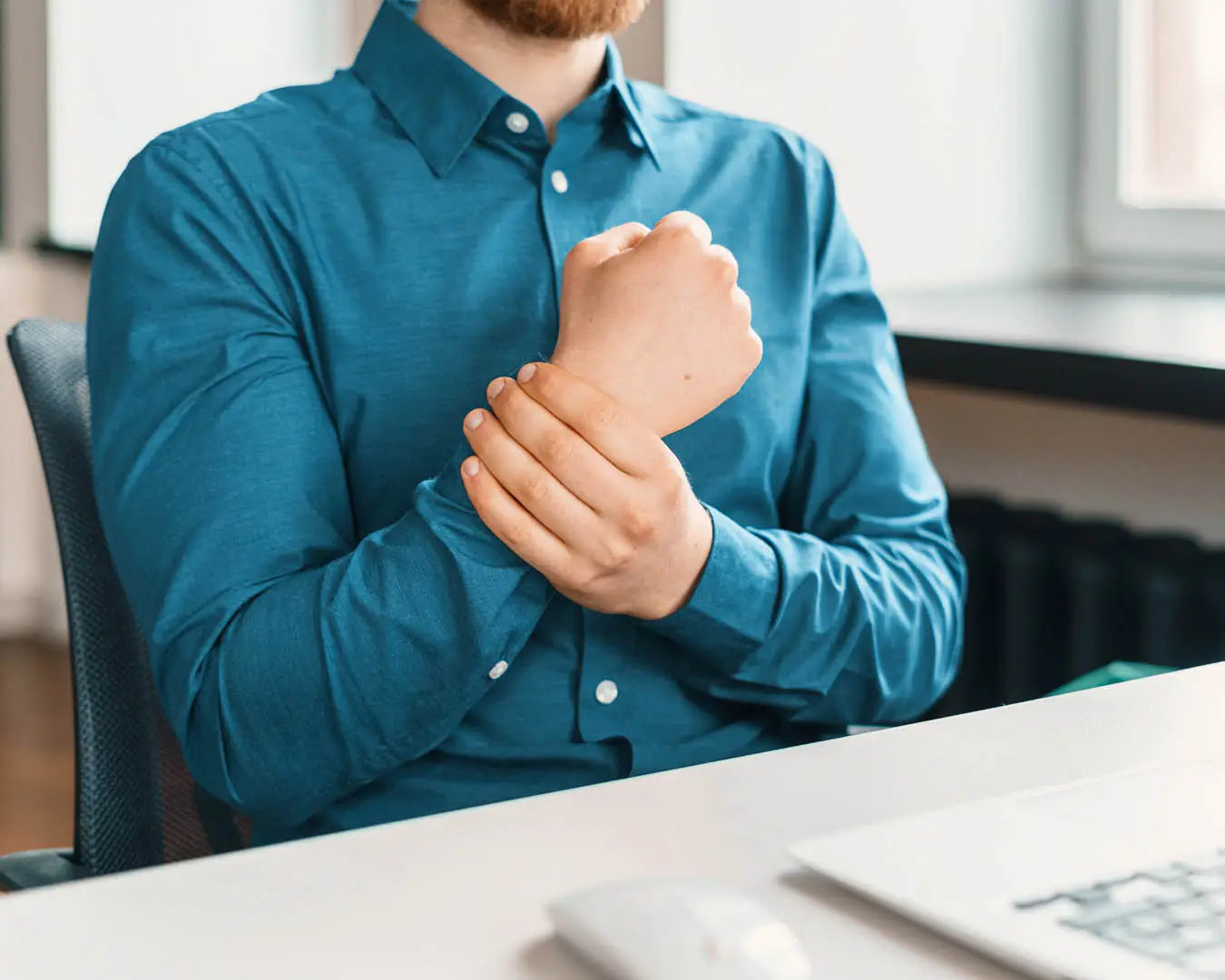
Carpal tunnel syndrome - the use of Curpal
Treating carpal tunnel syndrome (CTS) requires more than just occasional visits to the doctor; it's an ongoing effort, integration into everyday life and a commitment to the health of your hand. Th...
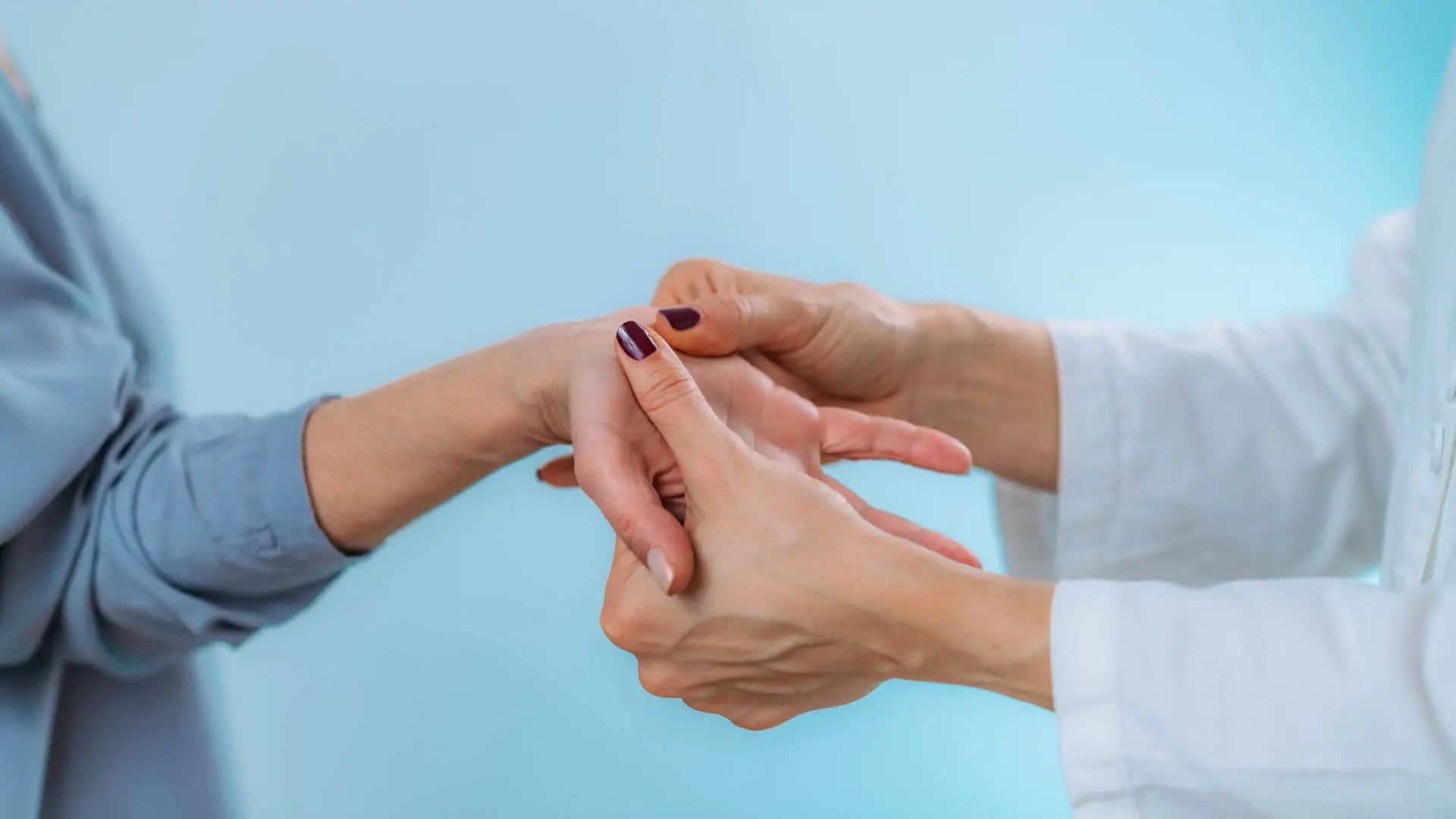
Carpal tunnel syndrome patients - Curpal vs. surgery
Carpal tunnel syndrome (CTS) presents many with a difficult choice: invasive surgery or trying alternative therapies. For those facing this decision, curpal offers a new perspective. It's about und...
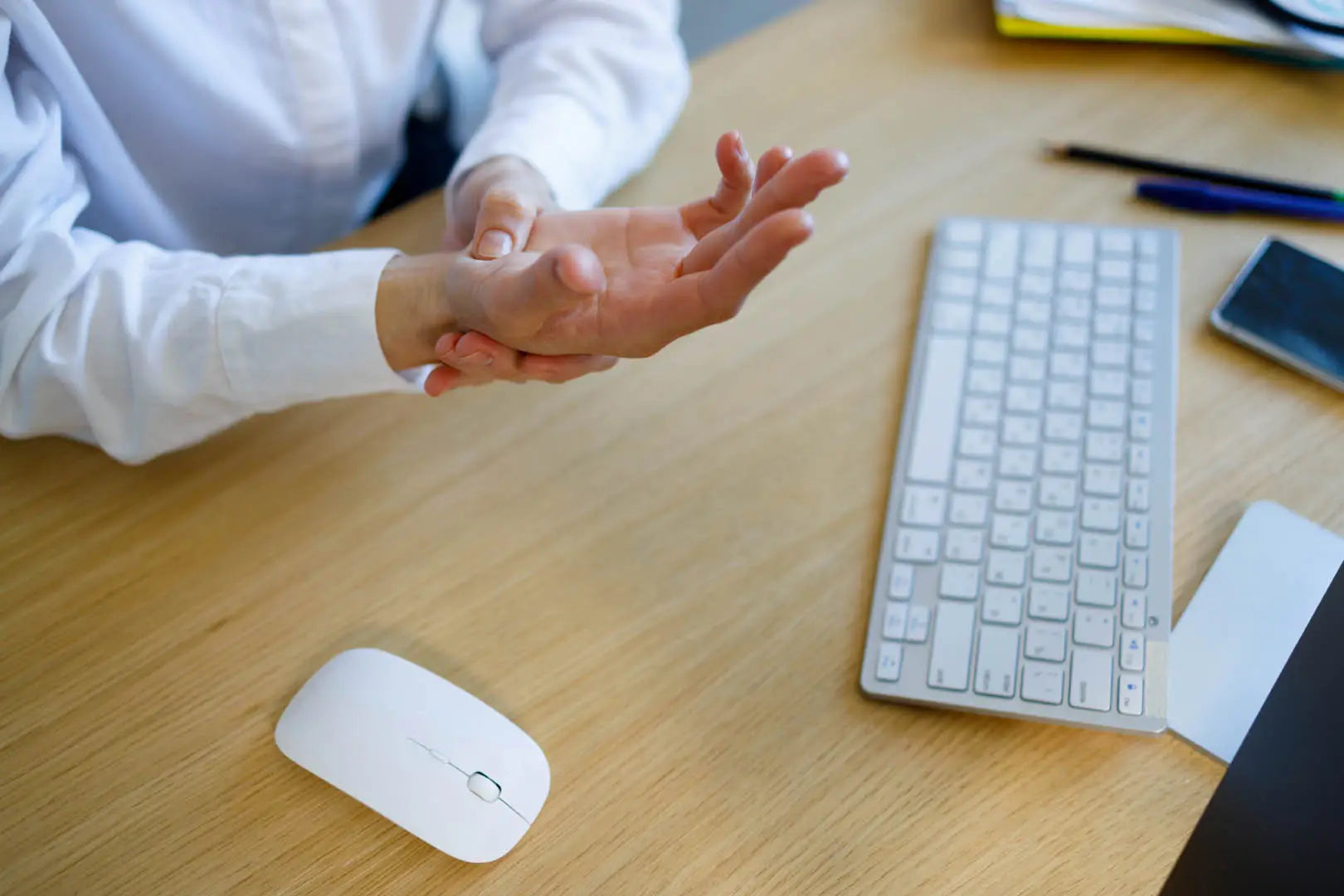
Causes of carpal tunnel syndrome: understanding and recognizing the symptoms
There are many causes of carpal tunnel syndrome (CTS). It is associated with pain, numbness and other discomforts that can significantly affect quality of life. While surgery is often offered as a ...
FAQ
Frequently Asked Questions
Are there any studies that have investigated the effectiveness of curpal®?
curpal® is one of the so-called manual therapies. A prospective randomized study has come to the conclusion that manual therapy, which includes the use of curpal®, is just as effective as surgery. The study compared the effects of a surgical procedure with weekly manual therapies. In the study, 50 of the 100 participants underwent surgical treatment. All had pain and sensory disturbances in the area supplied by the median nerve for at least 6 months. According to the study, the patients who received manual treatment even reported less pain after 3 months than those who had undergone surgery. The results of this study are consistent with the feedback from our patients. Click on this link if you would like to see the study, which was published in the Dt. Ärzteblatt.
Does treatment with curpal® have side effects?
Treatment with curpal® has no side effects. If necessary, you can use curpal® in consultation with your doctor. This is especially true for people with osteoporosis.
Does the health insurance company cover the costs for curpal®
Although curpal® has medical approval, it is not yet listed as an aid in the catalog of reimbursable products. This is why the purchase costs of the device are not routinely covered by health insurance. However, we recommend that you always ask your own health insurance provider.
How should you use curpal®?
curpal® should initially be used daily for 6 to 8 weeks, approximately 3 x 3 x 3: you take curpal® three times a day and pump up the device three times with each use, allowing the stretch to take effect for three minutes each time. The symptoms often subside significantly within the first 3-6 weeks, so that treatment can then be reduced. After around 8 weeks, treatment with curpal® is required either preventively or only when pain symptoms return. The effort required to use curpal® is minimal, 3 x 3 minutes per application is sufficient.


